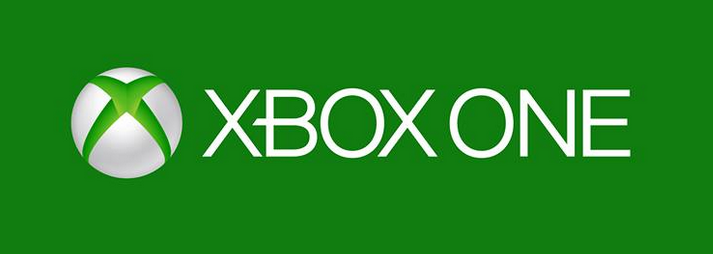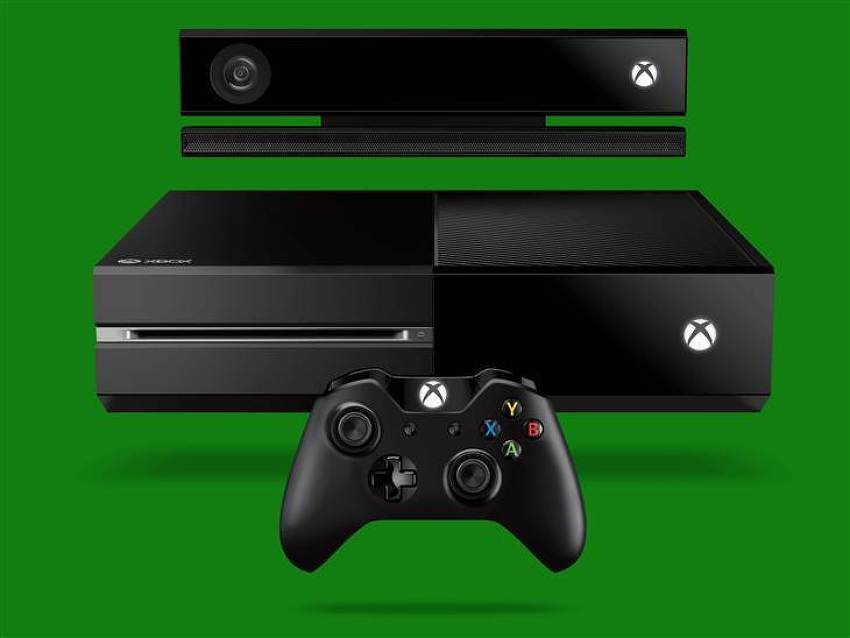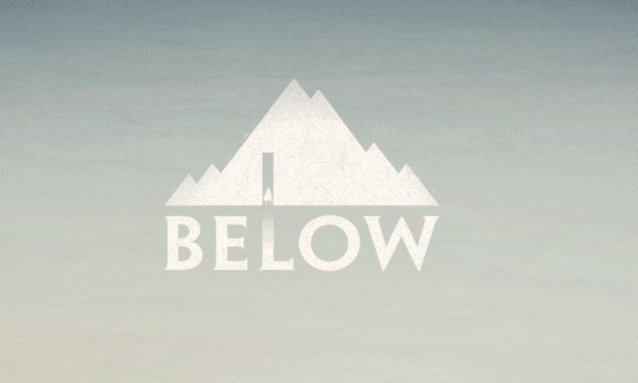Game over for Xbox One?
[divider]
When I sat down to watch a live-stream of the Xbox One reveal in Seattle last month, I was under no illusions as to which audience subset the conference would chiefly pander to. We live in an age when the games console is an ever-present fixture in the architecture of the living room, so there was inevitably going to be a hefty proportion of Microsoft’s rhetoric dedicated to appeasing their media partners (Netflix, ESPN, Skype, Hulu). However, what I wasn’t bargaining for was for Don Mattrick and co to expound at great length, the virtues of a device that allows me to watch television … on my TV!
In truth, I’m being intentionally facile, but in the absence of any actual gameplay – at a games conference, no less – my initial excitement at the new hardware was swiftly curtailed. This glaring omission only served to epitomise the greater weight that is being placed upon media integration this cycle, a truism that was all too evident during an interminable explanation of ESPN’s presence on the new system.
Although this progression from a dedicated system to an entertainment hub appears to be a natural one, I do question the logic behind many of the novel functions on the Xbox One. For example, one of the key features of the new Dashboard that Microsoft was eager to extol, was the ability to switch instantly between the console interface and regular television (and music). This can be triggered with voice controls (“Xbox, watch TV”) which to me seems utterly inane, considering that you’ll most likely be clutching the controller at any given point anyway.
Nevertheless, the control input for this feature is a minor gripe; the real issues become apparent when you explore its technical limitations. Firstly, your satellite box will have to be connected via HDMI to the Xbox One, which will dictate the models that can support this feature. Secondly, you are prohibited from watching on-demand shows or recording live TV, which isn’t really befitting of our consumer habits in this day and age.
[divider]
[divider]
Continuing in a similar vein, another new feature – the Snap split-screen – seemed decidedly vacuous in its implementation. Snap allows you to run two applications simultaneously, by conjuring up a sidebar on the right-hand side of the screen. Two examples were provided of how best to utilise Snap: watching the latest Star Trek film adaptation, while ordering tickets to the sequel, and engaging in a Skype conversation during a gaming session. For some reason, the prospect of exchanging niceties with my parents, while hurling expletives at the TV during a heated game of FIFA, seems likes an awkward juxtaposition. However, despite the fact these justifications were slightly bemusing, I do appreciate the scope within Snap for enhancing the accessibility of the Dashboard.
[pullquote style=”left” quote=”dark”]
There was little to differentiate between the PS4 and the Xbox One, with both systems offering solid – if uninspiring – launch-window line-ups[/pullquote]
My appreciation largely stops there, and certainly does not extend to the introduction of DRM (digital rights management) which has caused much consternation among the gaming community. DRM on the Xbox One will essentially mean that any new game purchase requires a hard drive installation and will be tied to your account. This will restrict your ability to exchange games with friends as you might have in the past, without paying an unlock fee.
For all intents and purposes you are now buying the license to the game. This enables Microsoft to control the economics of the second-hand market, ensuring that you have to sell back the license if you wish to trade-in old games – a system that has been confounded by the conflicting explanations that have since been provided by various Microsoft employees.
To enforce DRM, the Xbox One will have to gain access to the internet at least once per day, to check you have the relevant licenses. Although, as with the DRM, Microsoft have been far from conclusive on this issue – their incessant prevarication has resulted in widespread confusion within the gaming press. I supposed that these questions would have been answered at E3.
Fast forward a few weeks, and with Nintendo seemingly on the ropes following the news of EA’s dropped support for the system, E3 presented itself as a prime opportunity for either Sony or Microsoft to assume pole position in this generational race.
As was expected, Microsoft’s E3 keynote speech bore little resemblance to the console reveal. Talk of the Xbox One’s media functionality was conspicuously absent, as we were presented with an unremitting stream of exclusive titles, new IPs, and gameplay demonstrations. In this respect, I thought that there was little to differentiate between the PS4 and the Xbox One, with both systems offering solid – if uninspiring – launch-window line-ups.
Nevertheless, the predominance of identikit zombie shooters, industrial cityscapes, and realistic racers on the show floor was somewhat disheartening. It’s clear that there’s still a reluctance within the industry to side-line the thematic trappings of yesteryear, complete with the stylistic restrictions they impose. In a similar vein to the last generation, the indie offerings look set to become the touchstone for imaginative aesthetics and emergent thinking.
For instance, Capybara Game’s Below (an Xbox One exclusive) is a disarmingly beautiful take on the roguelike genre, that looks to capture the same deep-felt, existentialism which titles such as Journey dared to explore. Similarly, the developers behind the brilliant Bastion (SuperGiantGames) were on hand to debut their latest title: Transistor. Transistor is very much a spiritual successor to Bastion, both in terms of the gameplay mechanics (a largely isometric affair) and the overall presentation, which draws upon the same vibrant colour scheme, suffused with those neon accents.
One of Sony’s best decisions this E3 was to dedicate significant airtime to these smaller, independent developers, in lieu of numerous other industry titans. This gesture of parity was certainly well-received by those present at the show, yet was ultimately overshadowed by what proceeded it.
Jack Tretton (CEO of Sony Computer Entertainment America) comes across as a very affable fella, with his perma-smile and friendly disposition, which made it all the more impactful when he decided to launch a front-foot offensive on the Xbox One: “PS4 won’t impose any new restrictions on the use of PS4 games” and “PS4 disk based games don’t need to be connected online to play”. The crowd erupts in jubilation; Tretton allows a playful smirk to wrestle free from his pursed lips, before delivering a final, incapacitating blow: “PlayStation 4 will be available at £349 in the UK” – a whopping £80 less than the Xbox One.
The irony here of course, is that Sony has irrefutably established itself as the frontrunner this generation, by promising us things that we as the consumer should be expecting as standard. It just goes to show: Microsoft got it very very wrong.



Comments (2)
Bastion was made by SuperGiantGames.
ThatGameCompany is the developer behind Flower and Journey.
Of course! Thanks for pointing it out.